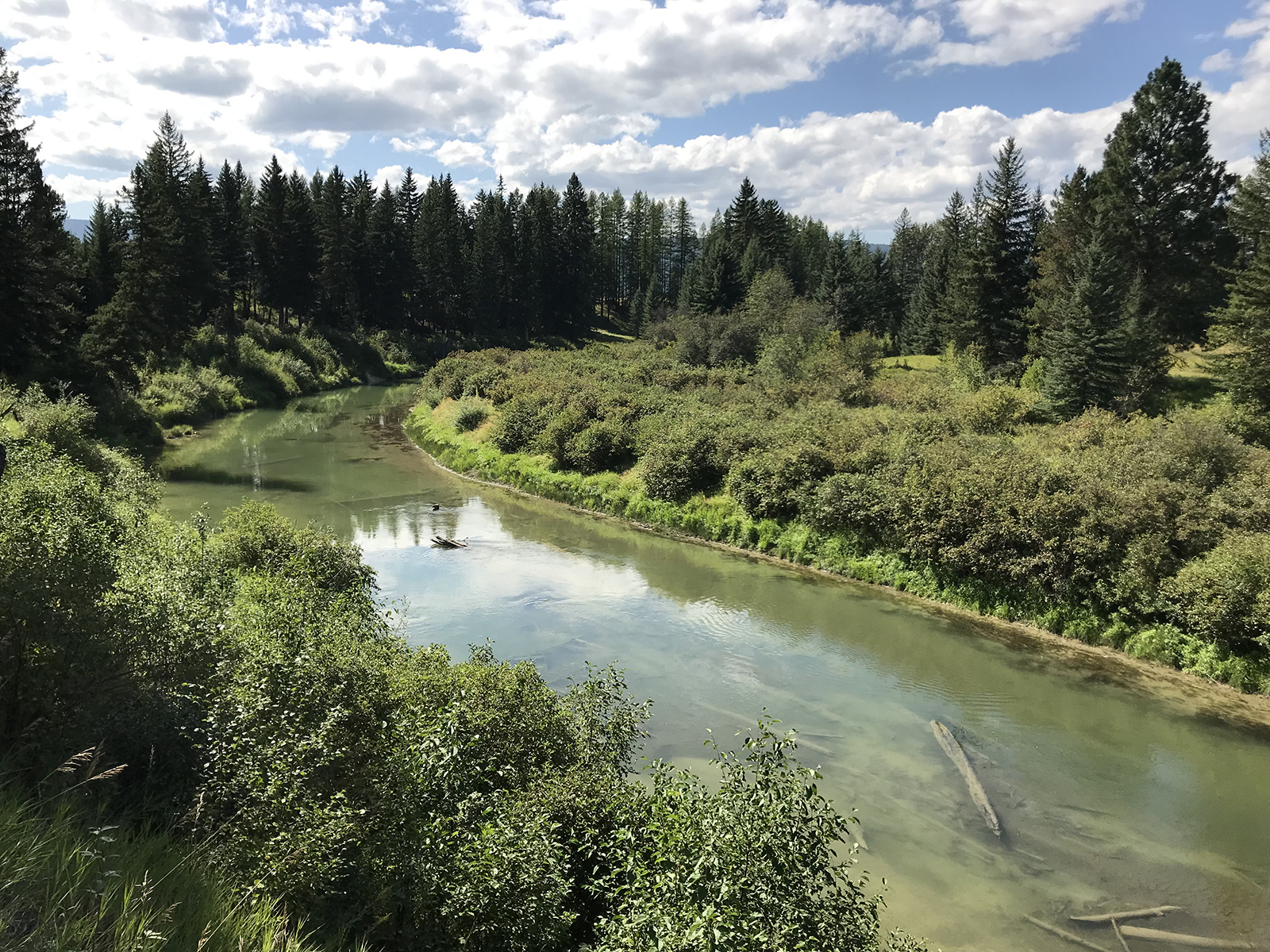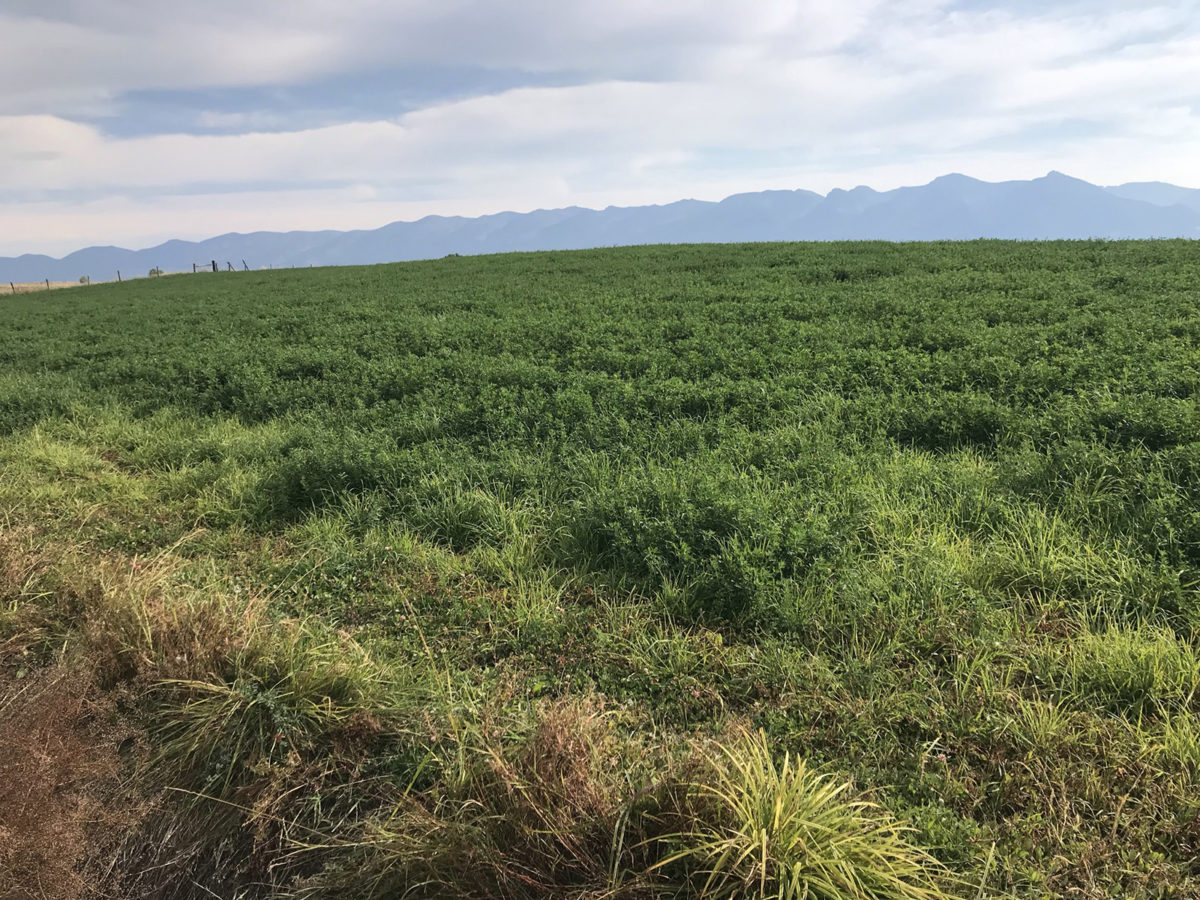Flathead Land Trust Helps Place Permanent Protections on Two Tracts of Farmland
Local landowners along the Stillwater River and in the Mission Valley closed out the year by placing intact agricultural parcels into conservation easements
By Tristan Scott
The nonprofit Flathead Land Trust closed out 2022 by helping two families in the Flathead and Mission valleys place prime farmland and wildlife habitat under conservation easements, furnishing permanent protections on 655 acres along the Stillwater River and 315 acres near Polson.
“Flathead Land Trust is thrilled to announce that 970 acres of land have been placed under conservation easement this week,” said Paul Travis, executive director of the Flathead Land Trust.
The Stillwater River easement was developed at the behest of Doug and Caryolyn Kohrs. Recognizing the development pressure bearing down on the Flathead Valley, where land is being subdivided at an accelerated pace, the Kohrses started buying parcels of land to reassemble a single tract of farmland, which is bound by key wildlife habitat along the Stillwater River southwest of Whitefish. From a 20-acre parcel purchased in 2005, the Kohrses have since pieced together 655 acres of contiguous farmland, which they own in partnership with their children, Ross, Hannah and Clara. On Dec. 30, 2022, the Kohrs family took another step toward preserving the intact acreage by placing a conservation easement on it.
The conservation easement will also protect the ecological integrity of the Stillwater River as the Kohrs’ property contains riparian forest and wetlands along 1.7 miles of the river, Travis said.
The easement is on habitat used by bears and black bears, wolves, bobcat, coyote, fox, mountain lion, elk, and deer, all documented with a wildlife camera on the property. Elk calve and whitetail deer winter on the property, where more than 100 species of birds have been documented, according to Travis. The Kohrs’ property dovetails with wildlife habitat on the adjacent 1,557-acre Kuhns Wildlife Management Area and an additional 1,800 acres of contiguous public land.
“Our family is excited to preserve this special property that serves as a wildlife corridor along the Stillwater River,” according to a prepared statement from the Kohrs family. “Whitefish and Kalispell have seen many changes and much development in the last several years and our family wants to provide the space for both farming and wildlife to continue to thrive in the Flathead”.
The conservation project was possible through funding from the Natural Resource Conservation Service Agricultural Land Easement Program; the Liz Claiborne and Art Ortenberg Foundation through the Heart of the Rockies’ Keep in Connected Program; and the Montana Fish, Wildlife and Parks’ Wildlife Mitigation Program.

Meanwhile, another agricultural gem situated south of Polson gained permanent protection through a separate easement, which Flathead Land Trust helped develop with a local family who has farmed the area for a half-century. Their 315-acre family farm contains rich lakebed sediments at the base of the Valley View Hills with a backdrop of the rugged Mission Mountains. It is just south of Pablo Reservoir, which provides water for irrigation that is critical for agriculture on the property. The entire farm incorporates rich soils that have been designated as prime farmland and farmland of local importance by the Natural Resources Conservation Service (NRCS). For two generations the family has been farming the productive land — first raising cattle and now growing wheat and hay, Travis said.
“Even though the third generation has decided not to take over the family farm and instead elected to go into non-agriculture related careers, the family wanted to see their productive land stay in agriculture,” Travis explained. They decided the best way to do this was with a purchased conservation easement through the NRCS Agricultural Land Easement program, he said.
“Not only will the conservation easement ensure that their rich soils can stay in farming in perpetuity, but the family also receives cash they can use for retirement or their farming operation without having to sell any of their land,” according to Travis.